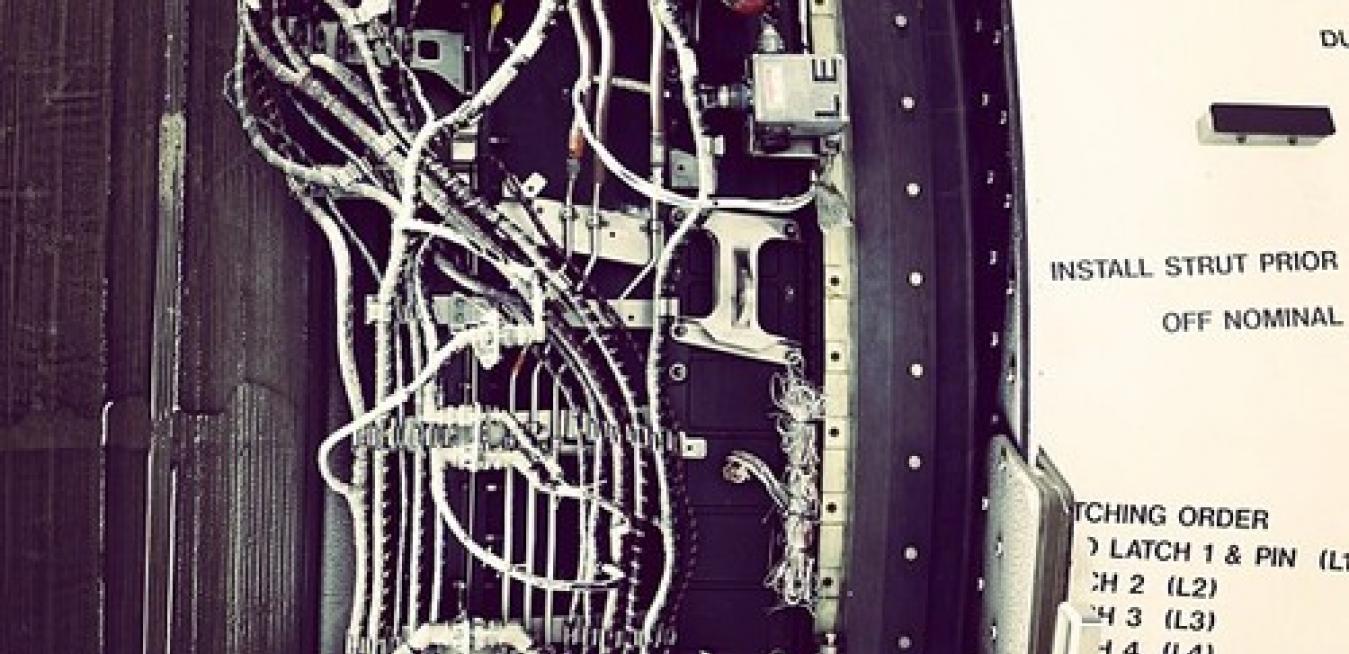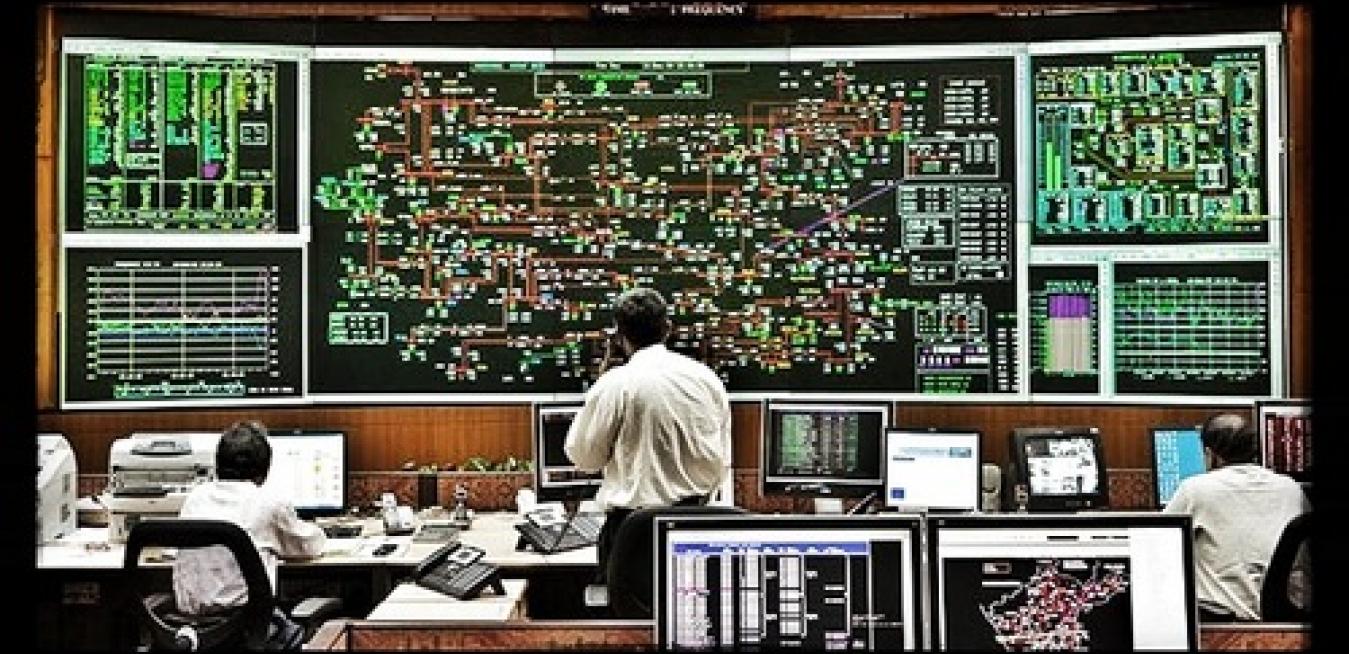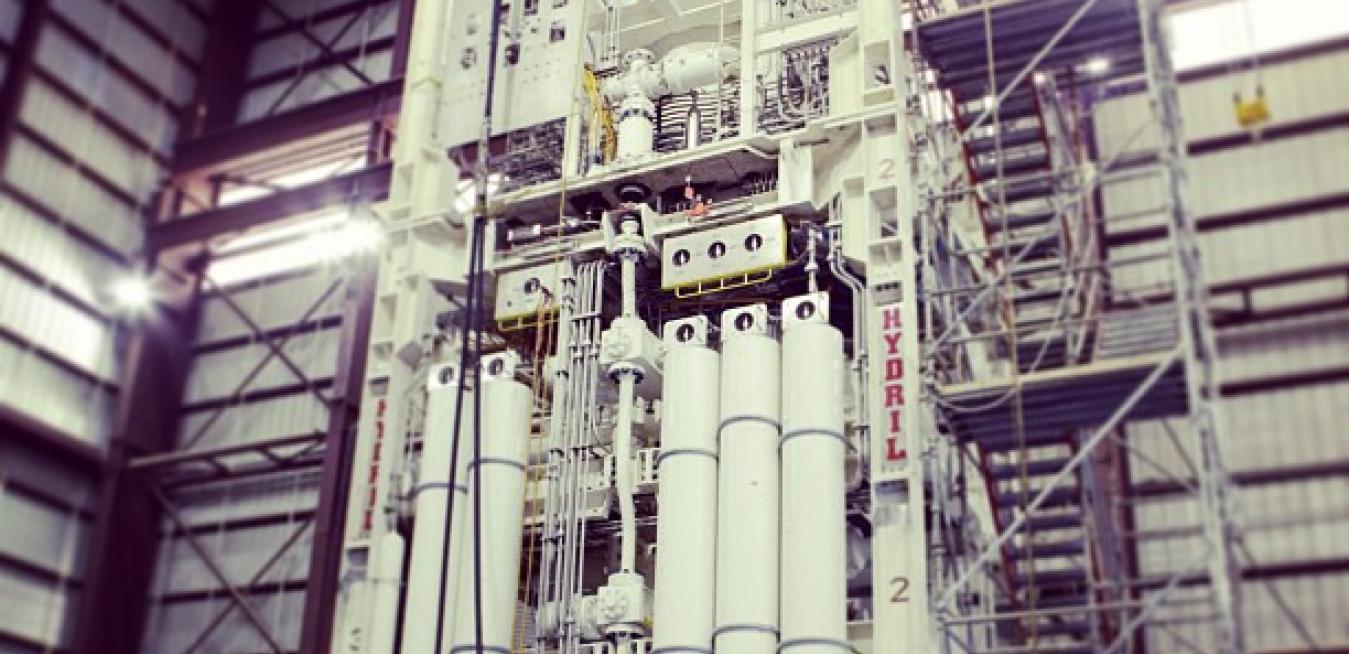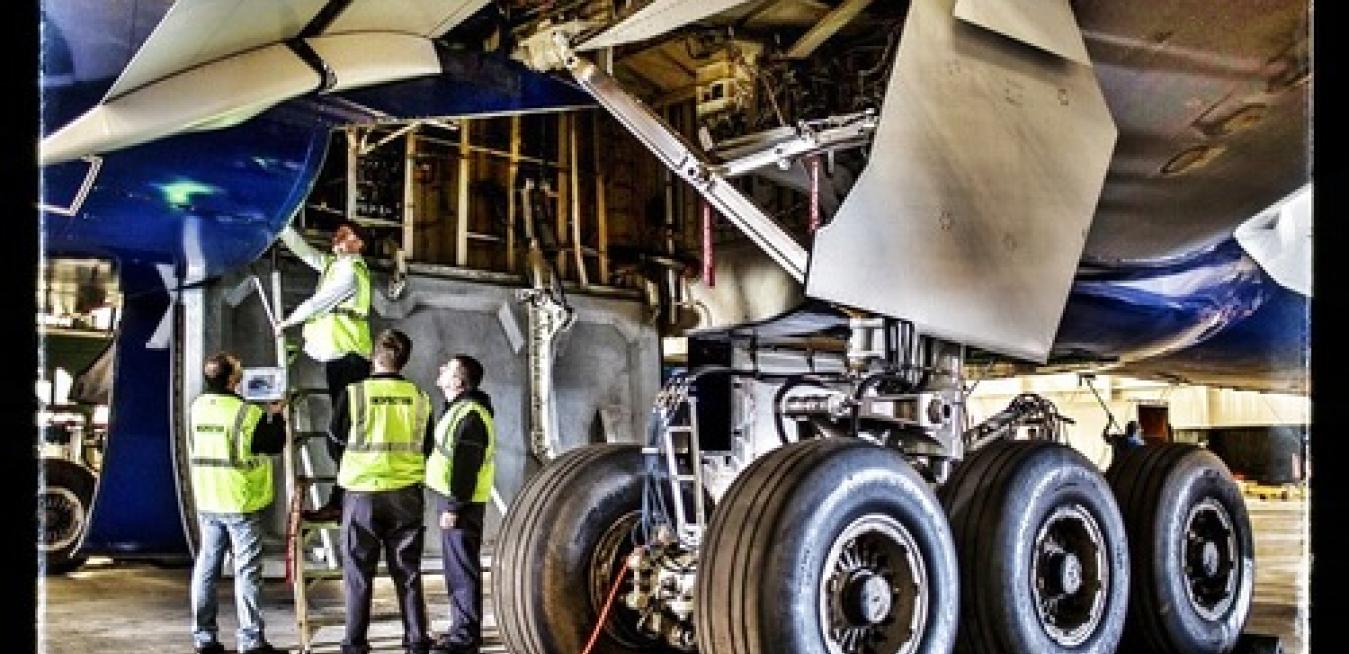There is more to the Internet of Things (IoT) than FitBits and smartphone-controlled thermostats. While consumer goods are some of the IoT’s most visible applications, they’re just one part of the vast and game-changing phenomenon that could soon encompass 200 billion connected devices and add trillions of dollars to the economy.

Blowout preventers, or BOPs, are incredibly complex machines that weigh 750,000 pounds and tower 60 feet above seafloor oil wells. They serve as the last line of defense in case anything goes wrong. It takes workers about 18 months to build one and they serve for as long as 30 years.
GE said today it would acquire the cyber security company Wurldtech to expand its digital arsenal for protecting critical infrastructure and operations technology.
GE has started connecting jet engines, power plants, locomotives and other technology to the Industrial Internet, an emerging digital network that links machines, data and software with people.
GE said today that it would start using a new enterprise software platform developed by the cloud-based content company Box to connect its global employees and simplify how they work together.
GE employs 300,000 employees in more than 170 countries and soon the tool will allow many of them, including GE customers and partners, to securely collaborate online and access, store and share data from tablets smartphones and other connected devices.
Blowout preventers, or BOPs, are incredibly complex machines that sit deep on the sea floor and serve as the last line of defense if something in the oil well goes wrong.
These 250,000-pound, 60-foot steel behemoths have to be regularly pulled up, inspected and serviced. As a rule of thumb, workers often replace as many as 20 percent of their parts to keep them safe, effectively rebuilding the entire machine every five years. “That’s one way to do it,” says Bob Judge, director of product management at GE Oil & Gas.
Stuart Kilduff was attending an emergency services conference in Wellington, New Zealand, when he got a call that Christchurch, his hometown some 270 miles (440 kilometers) away, had been hit by a massive earthquake. “The place was full of emergency services people, civil defense, army, you name it,” he says as he recalls that early afternoon on February 22, 2011. “They all went running for the door.”
It could happen anywhere. An airline is about to send a jet to the gate, when a mechanic detects a possible crack in the fuselage during a routine check.















